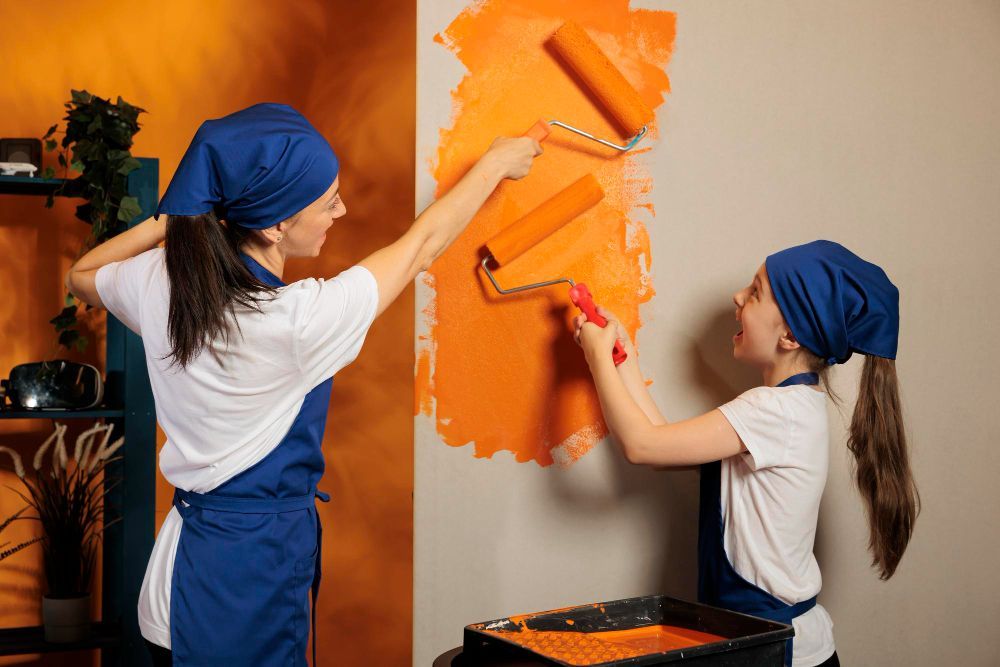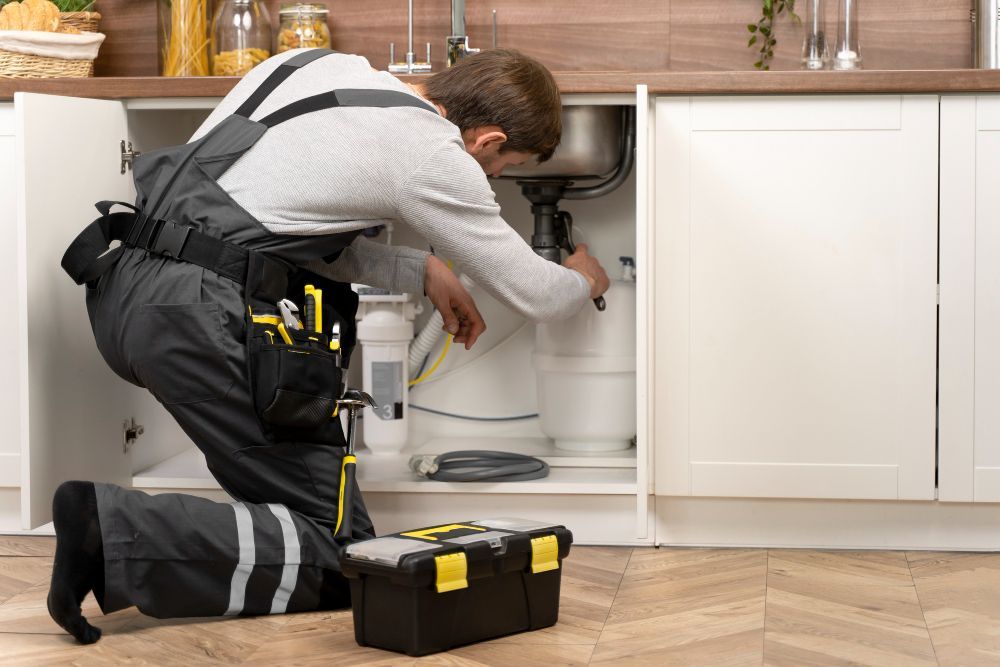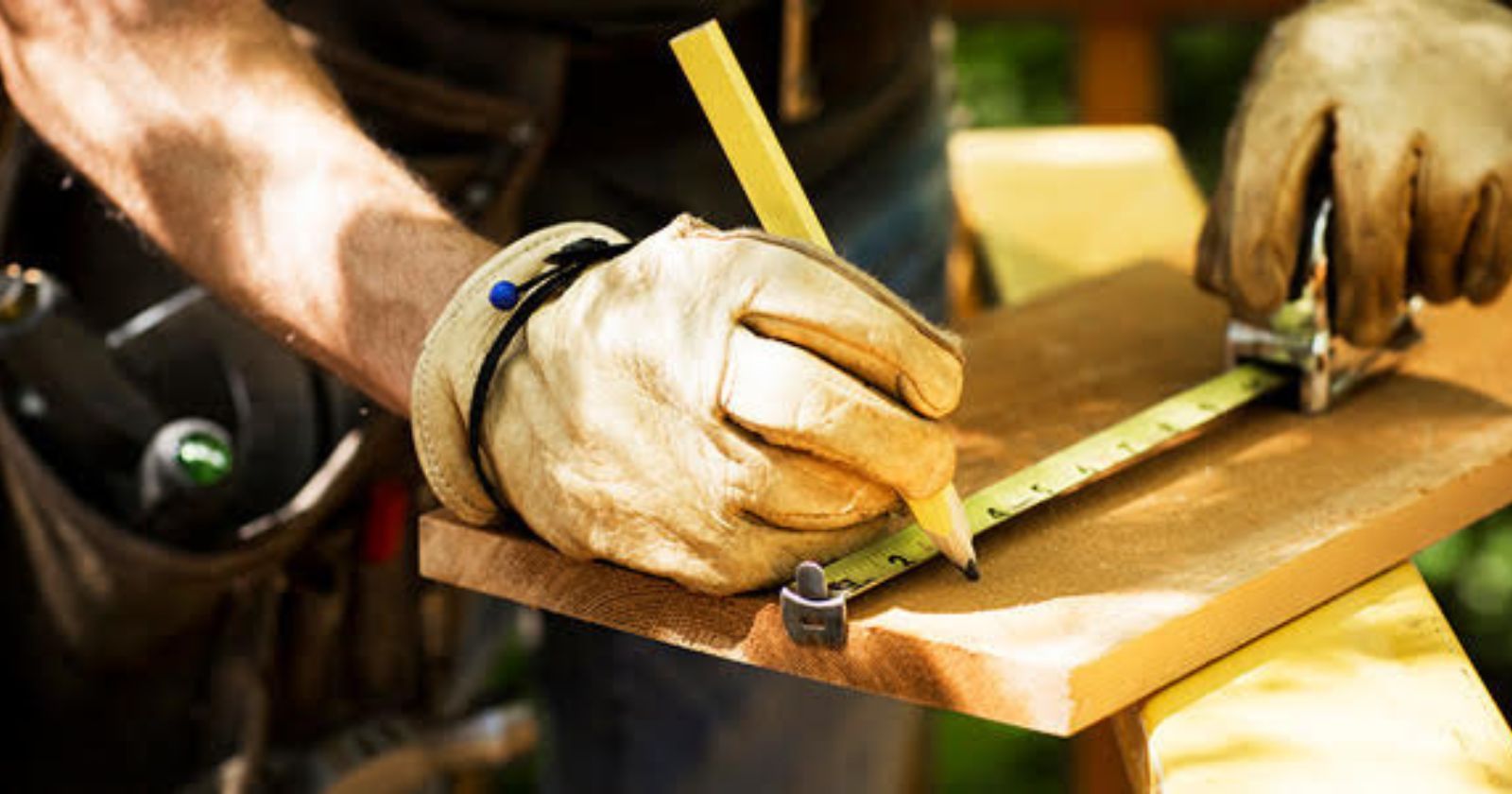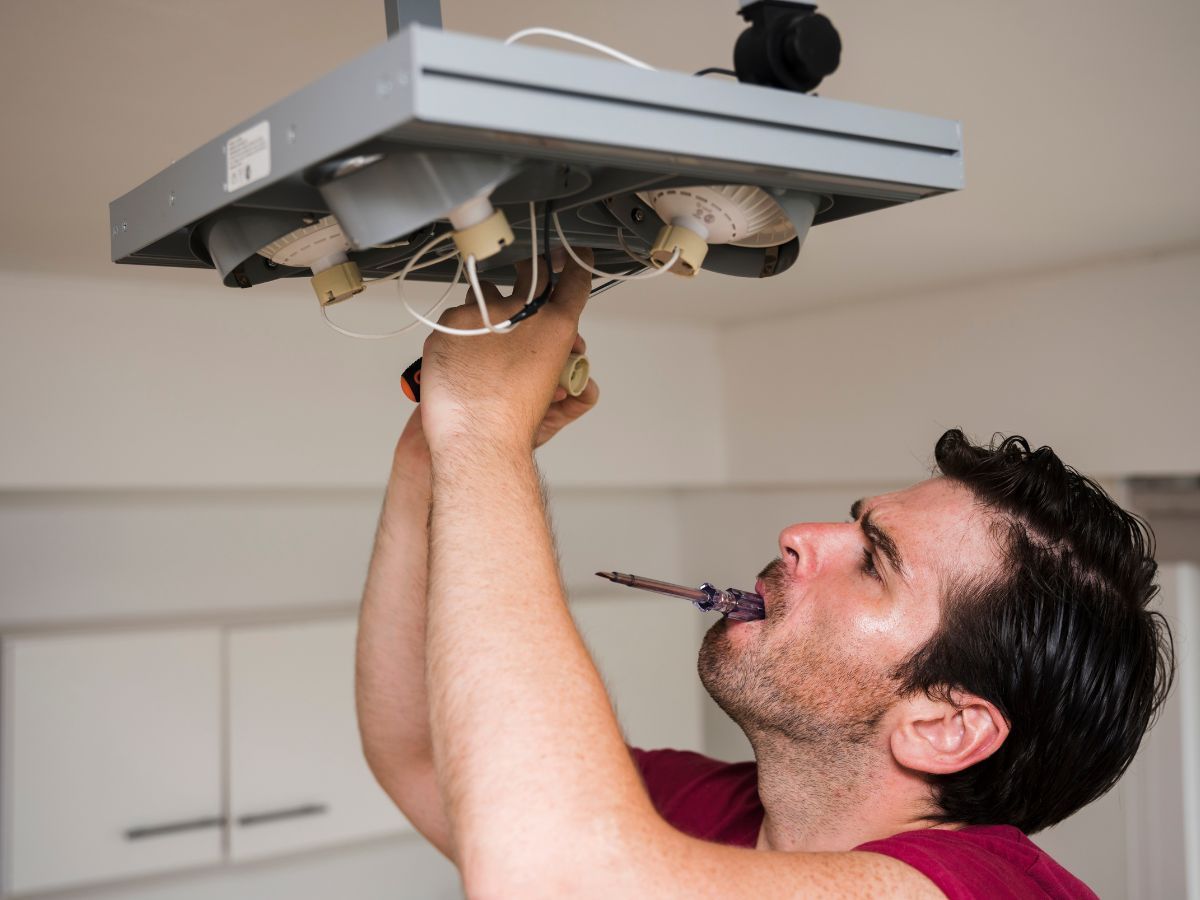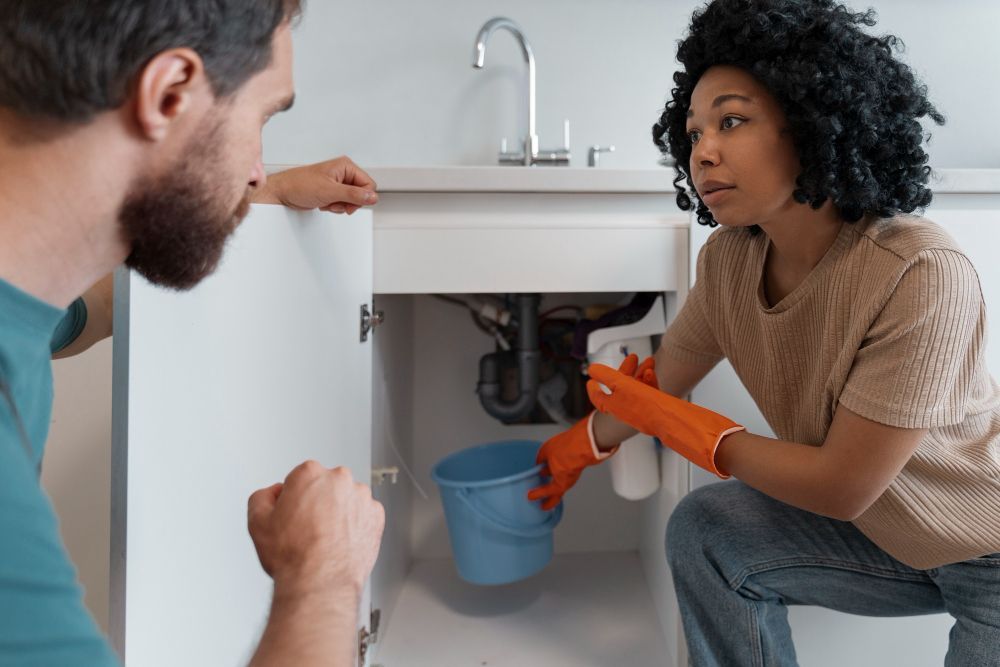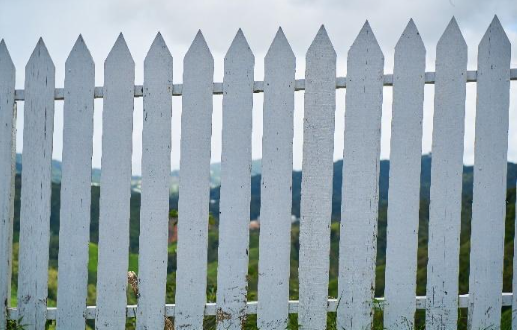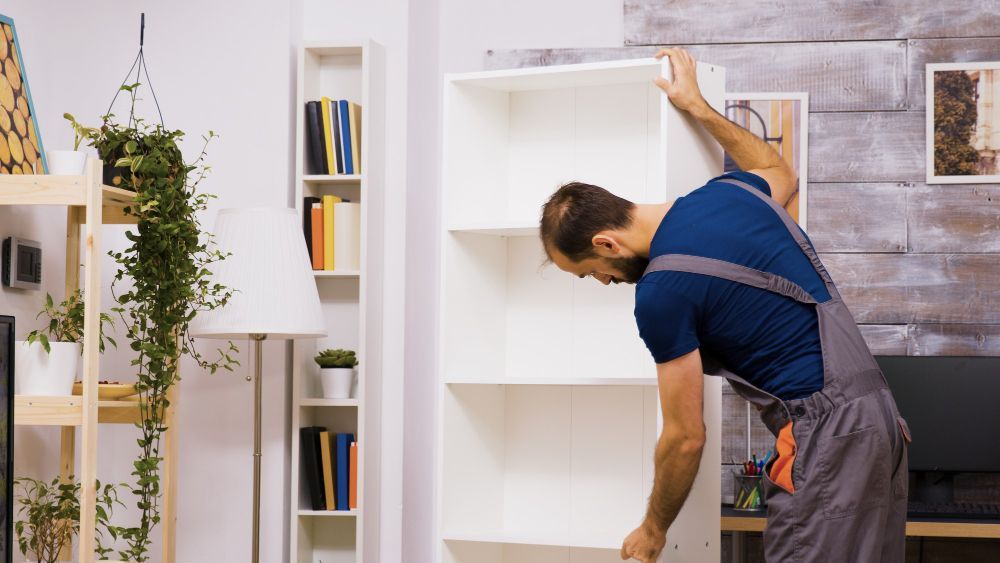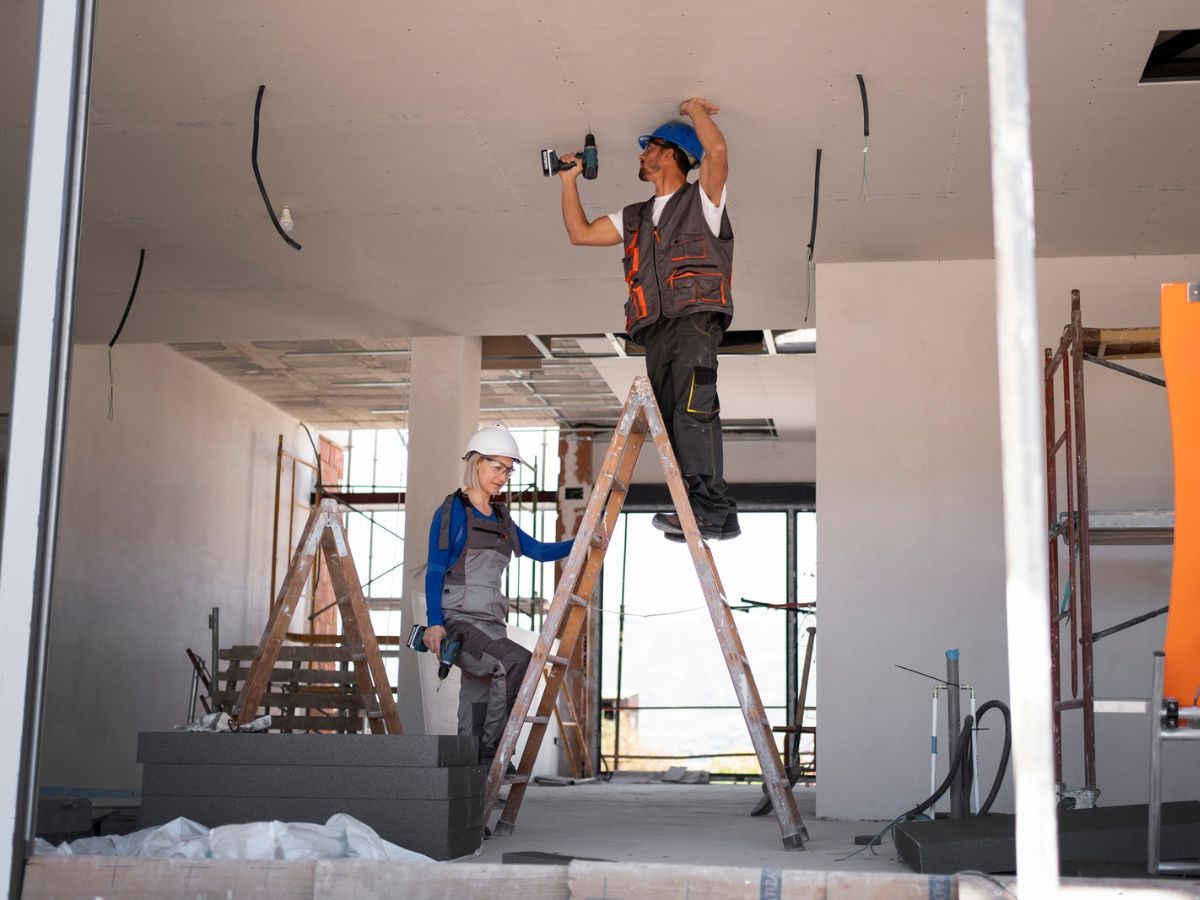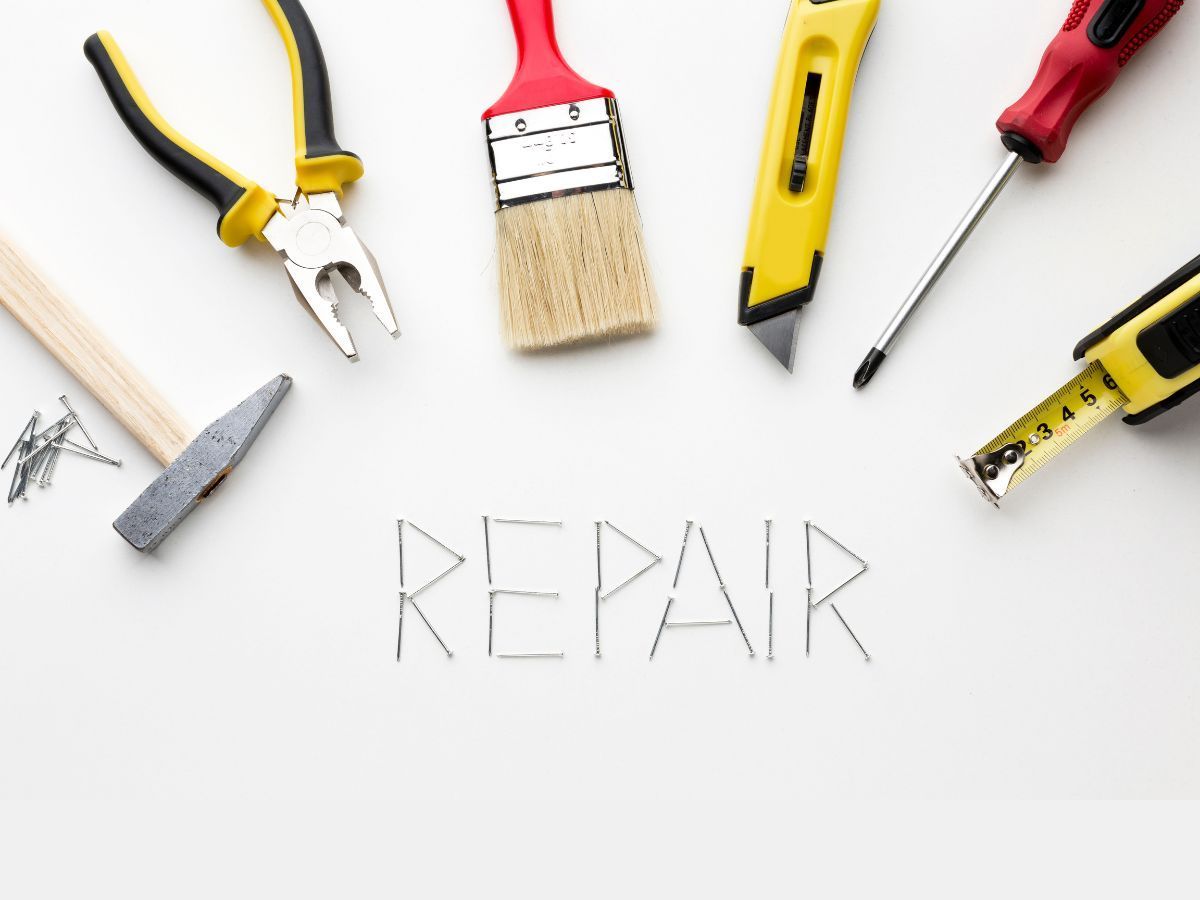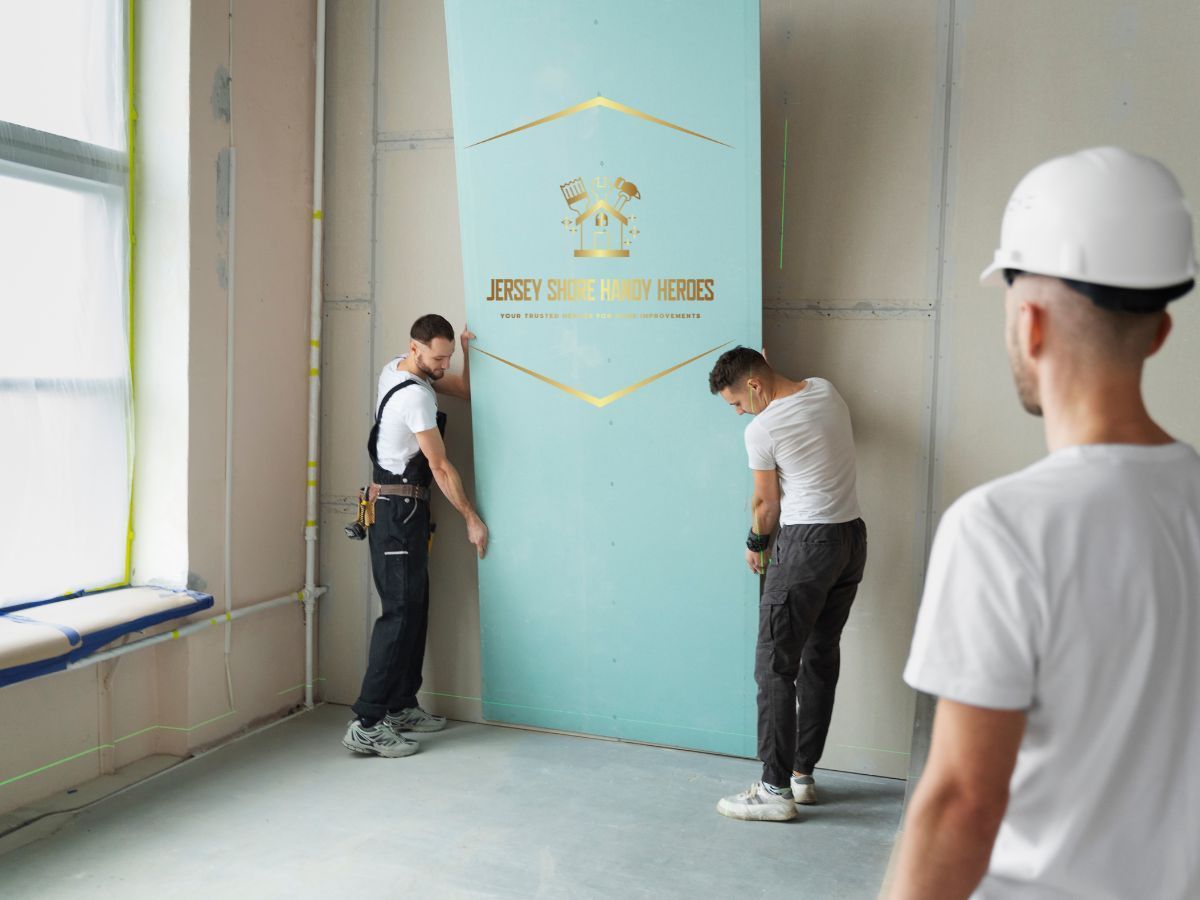DIY Fixes for Furniture and Appliances: Save Money and Get Things Working Again
When things around the house start to break down, it can often be tempting to hire a professional for repairs. However, many people overlook the potential for DIY fixes that can save money and give you the satisfaction of restoring your belongings to full function. Whether it’s fixing furniture, simple repair techniques can help you extend the life of your possessions without breaking the bank. Here’s a guide to tackling some common household repairs and getting things back to working order.
Fixing Furniture: Quick and Easy Repairs
1. Repairing Scratches and Dents in Wood
One of the most common issues with furniture, especially wooden items, is scratches and dents. These imperfections can accumulate over time or from everyday use. Fortunately, you can repair most minor damage with simple tools and materials.
How to fix it:
- Start by cleaning the damaged area to remove dust and debris.
- Use a wood filler to fill in the dent or scratch, smoothing it out with a putty knife.
2. Fixing Loose Joints and Legs
Furniture pieces such as chairs or tables can lose their structural integrity when joints become loose. This can be caused by regular movement or poor assembly. Tightening or reinforcing these joints is essential for safety and stability.
How to fix it:
- Inspect the joints carefully to identify which ones have loosened.
- If screws are the issue, simply tighten them with a screwdriver.
- For broken or missing parts, consider using wood glue or epoxy to reattach legs or supports.
Fixing Broken Appliances: Simple Solutions
1. Fixing a Leaky Dishwasher
Dishwashers are a staple in many kitchens, but leaks can develop over time. A leaking dishwasher can lead to water damage and higher utility bills, but most leaks are easy to fix.
How to fix it:
- First, unplug the appliance and turn off the water supply.
- Check the door seal for cracks or debris, which may prevent it from closing properly.
- Inspect the spray arm for blockages that may affect water flow.
- Tighten loose hoses or replace worn-out seals to stop the leak.
2. Restoring a Fridge That Won’t Cool
If your fridge isn’t cooling properly, it can lead to spoiled food and a higher energy bill. Fortunately, the issue is often something you can fix yourself.
How to fix it:
- Start by checking the temperature settings to ensure they’re correct.
- Clean the condenser coils, which are located either at the back or underneath the fridge.
- Check the door seals for damage, as gaps can let cold air escape.
- If the problem persists, the thermostat or fan motor may need replacing.
General Tips for DIY Fixes
1. Gather the Right Tools
Before you start any DIY repair, it’s essential to have the right tools. Basic tools such as a screwdriver, hammer, pliers, and measuring tape can handle most furniture and appliance repairs. If you don’t already own these, it’s worth investing in a toolkit that includes all the essentials.
2. Research the Issue
If you're unsure of how to fix a particular problem, take time to research it. Watch tutorial videos, read articles, or ask for advice on DIY forums. Many common appliance issues and furniture problems have easy fixes, and learning from others can help you gain the confidence to tackle the repairs yourself.
3. Take Safety Precautions
Whenever working with tools or repairing electrical appliances, safety is paramount. Always unplug appliances before working on them, and wear protective gear like gloves and safety goggles when necessary.
Conclusion
DIY repairs for fixing broken appliances can save you money and extend the lifespan of your possessions. Whether you’re restoring a favorite chair or getting your fridge back to working order, these simple fixes can make a big difference.
